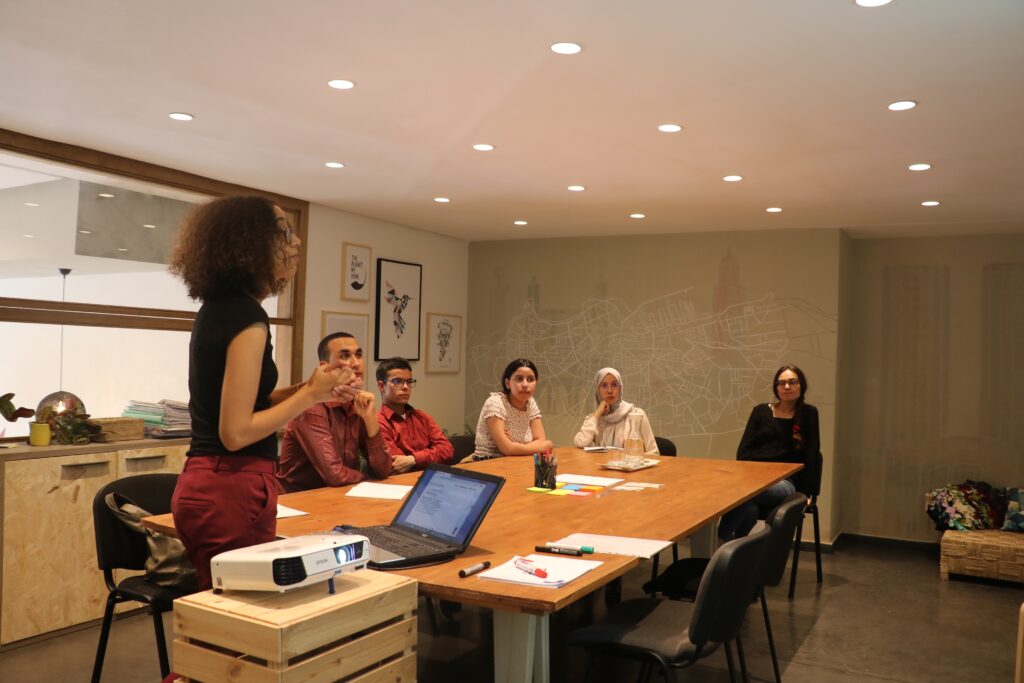
8 highly-effective training techniques
Training is a vital part of keeping a business operating at its peak performance. Richard Branson once said ‘Train people well enough so they can leave, treat them well enough so they don’t want to.’ This statement applies to organisations of any size and to make sure that the company requiring training is staying ahead of the curve, we have eight fantastic tips for highly-effective training techniques.
Before the training session
Preparation is key for training sessions, not only for making sure that you are confident in your material but that you have everything ready and that it is appropriate for your audience.

1) Know the audience
It is important to know what level of knowledge your audience has on the subject so that you can avoid boring them with knowledge they already have and avoid losing them by starting at a level that is too advanced. You should determine what level of staff you will be speaking to, as the concerns of shareholders will be very different to those who are employed by the company. One side will be concerned with profit margins and the other will be more interested in making their jobs easier and more enjoyable. If possible, if you are trying to improve a process, you should view the current one so that you will know where the areas for improvement are.
If there are any learning difficulties or sight/hearing impairments, it would be useful to know these in advance so that you can plan your programme accordingly in a venue with hearing loops and other helpful facilities.
2) Plan ahead
You don’t have to stick to a script but having a good structure for your training session is vital. Introduce each topic in a way that flows easily from the previous one. Make sure you have plenty of materials – whether that’s handouts, flashcards or physical materials for making something – so that people don’t need to awkwardly share and be pulled away from the way the session was supposed to go. Practise what you would like to say and ensure you have included any elements that were requested. You may even wish to stay near your training venue the night before to make it easier for you.
3) Attend training sessions
Attending a range of training sessions as a learner can help you to improve your training style. You can see what other trainers do well and what they do poorly and then learn from this. Attending a session on a subject about which you are passionate can give you a better understanding of the topic itself but attending training for a subject about which you are not as interested will give you the opportunity to see how trainers try to enthuse their audience. You may surprise yourself with the new training techniques you will learn. Study their body language and tone of voice as well as their dynamic movements to see how they gain interest and how you could do this too.
Training techniques for during the training session
Once you’ve completed your preparation for the training time, you’ll need to be using these effective training methods below during the session:

4) Explain the significance of what you are doing
People will be far more engaged with training if they are told how it will benefit them. This will include the desired outcome, whether that is explaining to an employee one little organisational trick that will speed up their tasks, what attitude you are trying to encourage or how to perform a new task. Getting an employee engaged early on will make the training a lot smoother.
5) Make it a game
Depending on your subject matter, you may find that you can make the learning more interactive, which will make it easier for your attendees to understand and retain the information. You could even have a fun quiz at the end (with a prize of course) to reinforce the learning and make people pay more attention early on. This is a popular training technique and may make you a favourite among the staff.
6) Give people a chance to speak
While a trainer can expect to do plenty of speaking at a training event, it is important to give everyone a chance to speak. This will encourage participation and hopefully increase the value that they gain from the session but also may give someone the opportunity to voice a good idea that they had not felt confident enough or did not have the opportunity to do so before.
Effective training techniques for after the training session
Hopefully by this point you have imparted your wisdom and it will be the time to solidify the learning with follow-ups, as well as to find out what the trainees thought of your training style. This will allow you to improve your staff training techniques in the future.

7) Organise a refresher
Depending on your subject matter, it may be worth telling the company that you recommend having a refresher six months or a year later to make sure that everyone is still following the new best practices and you can then make sure any new employees are fully up to speed.
8) Get feedback on your training
Feedback is vital for improving your training sessions. This could include getting comments on your training style, the pace of the training, how relevant they found it, was it at the right level, if they enjoyed it and what they would change. An open section for other comments may also help you to get additional feedback that doesn’t quite fit into those sections. Once you have this feedback, you’ll need to go through it and implement any suggestions that were appropriate and feasible to improve your next session.
If you’re looking for a training venue in Northampton where you can implement these highly-effective training techniques, get in touch with our events team today on Go back to other articles



